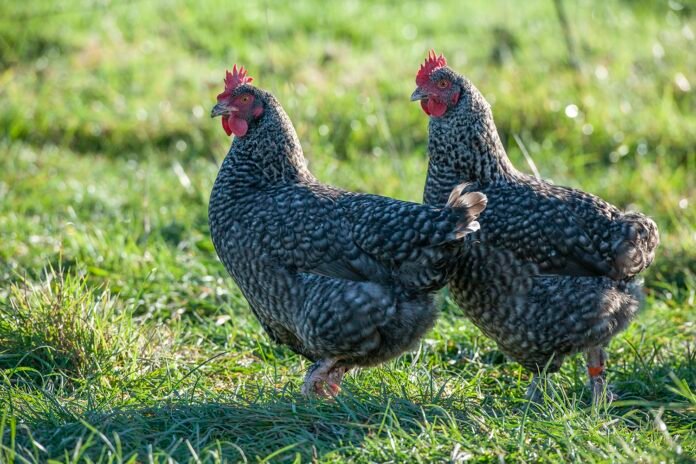
In a historic culinary shift, chicken has overtaken pork to become the most consumed meat in France, marking a significant change in the nation’s eating habits.
According to new data released by Anvol, the French interprofessional organization for the poultry industry, average poultry consumption in France reached 31.6 kilograms per person in 2024—compared to 31 kilograms of pork and charcuterie.
The figures represent a 10% increase in poultry consumption from 2023 and a 15% rise since 2019, highlighting the bird’s growing appeal among French consumers.
Experts attribute this surge to several interlinked factors: affordability, versatility, and simplicity in preparation.
Chicken remains a popular option both in traditional French cuisine—such as Poulet Rôti, Coq au Vin, and Chicken Cordon Bleu—and in contemporary health-conscious and globalized recipes.
“Chicken fits today’s consumer expectations,” said a spokesperson for Anvol. “It’s a lean source of protein, easy to cook, and accessible to all income groups. With inflation continuing to impact food budgets, chicken has become the go-to meat in many households.”
The rebound comes as welcome news for the French poultry sector, which has faced numerous challenges in recent years.
Avian influenza outbreaks had severely impacted domestic production, leading to a slump in supply. However, a recent vaccination campaign has helped the industry stabilize and regain consumer trust.
Despite this progress, the French poultry industry still struggles to meet national demand. Nearly half of all chicken consumed in France is imported, primarily from Poland, Germany, Belgium, and the Netherlands. This reliance on imports has sparked concern among domestic producers and policymakers alike.
Anvol reports that the poultry trade deficit has now reached €1.25 billion. In response, the organization is advocating for a comprehensive national strategy to boost local production.
Among its proposals is the construction of 400 new poultry sheds—one in each of France’s 99 departments—to expand capacity and reduce dependence on foreign suppliers.
In tandem, Anvol is urging the government to enforce stricter labeling regulations. They propose mandatory disclosure of chicken origin on all restaurant and prepared food menus, empowering consumers to choose French-raised poultry.
The organization also calls for a ban on imports from countries that do not align with France’s stringent animal welfare and production standards.
“This is not just an economic issue,” said the Anvol spokesperson. “It’s about food sovereignty, animal welfare, and supporting our rural communities.”
The shift in French meat preferences reflects broader global trends toward healthier, more ethical, and environmentally sustainable food choices.
While chicken’s ascent is now officially documented, industry experts caution that sustaining this momentum will require careful planning, government support, and responsible scaling of domestic production.
As France’s iconic culinary identity evolves, chicken’s rise from Sunday roast staple to national favorite signals more than just changing tastes—it represents a turning point in how the French define nourishment, values, and tradition at the dinner table.